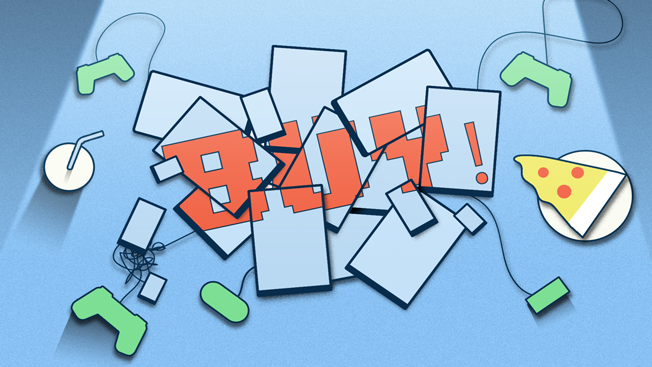With an arena full of thousands of screaming fans and millions more watching at home, the final match is set to begin. But when the opponents square off, there’s something different going on—the players use controllers, not balls and bats, and it takes place on a screen, not a court or a field. Welcome to the wide world of esports, where the video game competition is fast and furious and the market is growing faster than the latest console processor.
As unbelievable as it may seem, worldwide esports viewership already surpasses that of traditional sports leagues such as the NHL, MLB and NBA—there were an estimated 256 million viewers in 2015, according to Newzoo. The analyst also predicts that the esports business, expected to hit $463 million this year, will surpass $1.1 billion by 2019.
What’s more, esports broadcasts give advertisers the opportunity to tap into a highly engaged and passionate fan base of difficult-to-reach cord cutters via a variety of distribution platforms.
Simply put, esports are poised to enter the mainstream. Here are three things advertisers should know about them:
1. The esports audience is engaged
Hundreds of millions of esports fans around the world cheer for their favorite teams, players and games. The world for esports does not look like traditional sports yet. Esports was a truly grassroots movement built for fans by fans. What started out as 50 kids in a local hotel ballroom on a rainy weekend has quickly bloomed into a full-fledged sports-sized business.
So who are these fans? As you might surmise, they mirror the hardcore gaming audience. They’re young—77 percent of the audience of Major League Gaming (MLG), for example, are millennials (18-34 years old). And 89 percent are male. This is a very desirable segment.
They’re also passionate about competitive gaming. MLG’s most recent live broadcast—Counter-Strike:Global Offensive Major Championship (CS:GO Major)—set new records for viewership. The broadcast from March 30 – April 3 generated 71 million video views and the audience watched 45 million hours of live broadcast with a record of 1.6 million concurrent viewers.
This is also a social media-savvy audience. During CS:GO Major, there were more than 16 million users on Facebook garnering 70 million impressions and 6.6 million views. There were also 32 million impressions on Twitter.
2. Distribution is different
Esports are delivered over a wide range of networks and platforms. Live events draw thousands to top arenas—CS:GO Major had 10,000 live spectators. But the real power is in the broadcasts—a mix of OTT, web, mobile and in-game streaming.
For example, MLG operates three different platforms: MLG.tv is a premium online broadcast network for professional-level esports, the MLG Pro Circuit is the longest-running esports league in North America and GameBattles is the largest online gaming tournament system.
Viewers watch over other platforms as well. Channels such as Twitch allow gamers to livestream their gaming activities, so it is possible to watch a top gamer’s moves on Call of Duty or World of Warcraft. The top streamers on these channels have incredibly loyal followings.
3. The advertising opportunity
With arena events selling out in under 6 seconds, hundreds of millions tuning in via OTT broadcasters like Twitch and MLG.tv and fans clamoring to purchase the jerseys of their favorite players and teams. It is easy to imagine why brands might want to get involved in esports.
While this atmosphere presents amazing opportunities for advertising, merchandising and sponsorships, it can also be a daunting maze to navigate. In the past, there’s been significant fragmentation—different leagues, tournament organizers, web platforms and gaming companies all trying to bring in sponsors.
That’s the primary reason Activision Blizzard formed its Media Networks division and brought in former ESPN CEO Steve Bornstein as the division’s chairman. It is also why we purchased MLG earlier this year. We hope to provide a steady hand and increase value in the ecosystem for other publishers, advertisers and sponsors by helping to organize leagues, pursue unique distribution platforms and deliver premium content that looks indistinguishable from more traditional sports. We’ll be sharing those details at our upcoming NewFronts presentation on May 12. Stay tuned.








